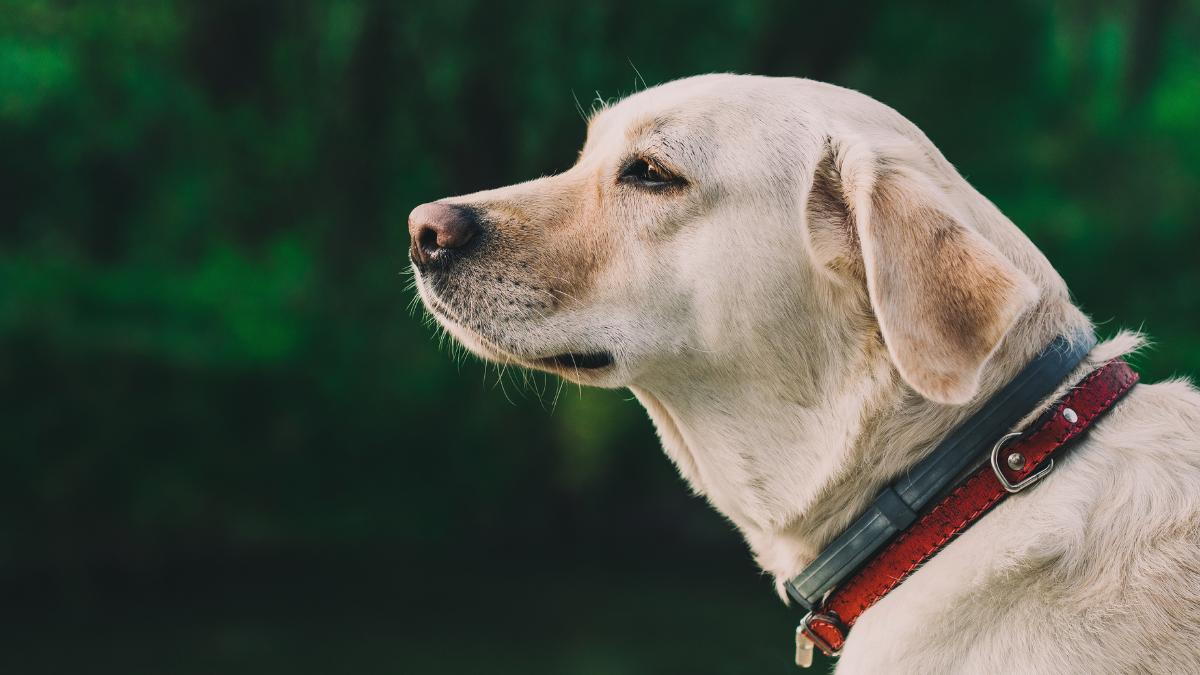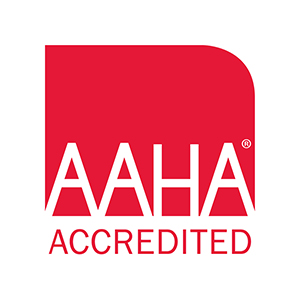
The collar is more than just a fashion statement. Choosing a dog collar is among the most important choices you will make for your pet, as he will likely wear it constantly.
There are many options out there for choosing a dog collar. It’s important to understand the choices and the main purposes for each collar before deciding on one. Making the right choice will ensure that your dog gets the support they need and will also help assist you while you train the newest member of your family.
Traditional Dog Collars: Traditional dog collars are available in a variety of styles, colors, and widths. They should ride high on your pet’s neck, not loose so that it slides down near the top of his shoulder blades. Dog collars should be snug with enough room to fit two fingers between your dog’s neck and his collar. For your dog’s safety, the collar should not be loose enough to slip over the pet’s head. Collars should also not be so tight as to restrict breathing or cause coughing. Check collar size frequently on growing puppies. Use a tape measure to measure your pet’s neck, then add on two to three inches.
Every collar you own should have a current nametag attached to it at all times.
Flat-buckle collar. Flat-buckle collars, which are simple collars that buckle or snap closed, are the most popular choice by far when it comes to dog collars. They’re available in a range of sizes and materials and can be very fashion-forward. Some also come with light-reflective strips, which can be useful when walking your dog at night. A flat-buckle collar is a great choice for securing tags to your dog.
Martingale collar. These collars are recommended for dogs with slender necks or smaller heads. Martingale collars offer the comfort of a regular flat-buckle collar, but with a catch. There’s a small chain linked to rings at the ends of the collar that cause the collar to become tighter when pulled.
Choke collar/chain. Choke collars work by tightening around the neck when the control loop is pulled. Unfortunately, there’s nothing on the collar that safeguards how tightly it can be pulled. This can result in possible throat damage and other injuries to your dog. They’re not recommended as a safe collar option.
Prong/pinch collar. Prong collars have a similar function to choke collars, except for the small, blunt, metal prongs on the inside of the collar. These prongs are meant to dig into the dog’s skin when the leash is pulled. Because they’re easy to misuse, they’re also not recommended as a safe option.
Body harness. The body harness is a popular choice for small dogs or dogs with a delicate throat area. A body harness might make your dog more prone to pulling on the leash because they don’t feel tension around the neck. In this case, front-hook harnesses come in handy. Because the leash is fastened in the front, it gives more leverage to the handler and requires less strength.
Head halter. A head halter, or head collar, is mostly used as a training tool for big dogs. The harness loops around your dog’s head and sits on the neck, while the other strap loops around the muzzle, where it attaches to the leash. It’s very similar to a horse’s harness. This setup gives you more leverage than the average collar and can be a great training tool when used correctly.



